Projects regarding the global goals can be done at all levels of education. To get started, there are several terrific videos produced by World’s Largest Lesson (WLL), an organization that “introduces the Sustainable Development Goals to children and young people everywhere and unites them in action.”
Here’s one of the WLL videos introduced b Nobel Peace Prize winner, Malala Yousafzai.
And here’s another one of the WLL videos, this one introduced by actress Emma Watson.
In the early elementary school years, students may create digital posters, each focused on a goal in which they’re most interested. Buncee is an easy-to-use platform for students to use for designing posters. As teachers know, students become more engaged when they know there is a real audience for their work. After creating the posters, students can share them with students in other locations around the world.
Remember, the goals are international, and what a way to create a bond from nation to nation! My New York students created posters and then presented them to a group of children in Kenya via Skype. We also shared them with students in Kansas, who were so motivated as we taught them about the global goals, that they, in turn, created their own.
[media-credit id=11345 align="aligncenter" width="640"]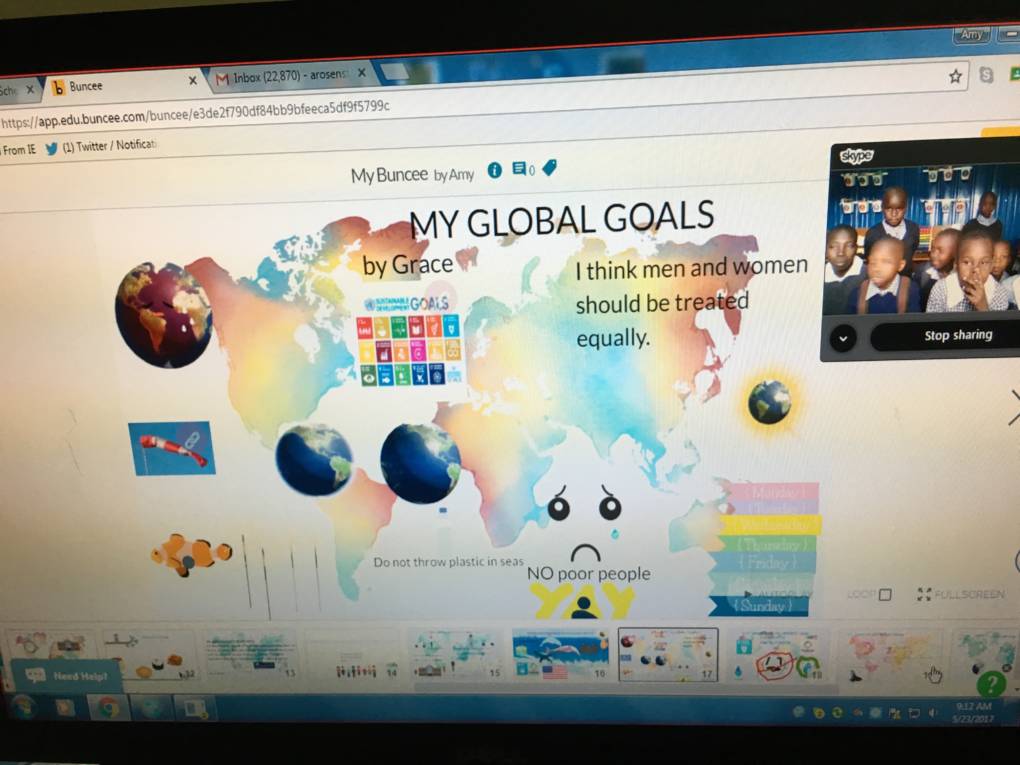 [/media-credit]
[/media-credit]
In order to find other classrooms working on the goals, connections are available through Skype in the Classroom on the Microsoft Educator Community site. The #TeachSDGs Skype Collaboration allows participants to find other classrooms working on similar goals. The site also offers a collection, all focused on the global goals.
On a deeper level, classrooms may also connect to design and develop projects, from country to country, all tied to the goals. Recently, Canadian teacher, Sean Robinson, connected with Fred Sagwe’s class in Kenya, and Georgina Dimova’s class in Macedonia. All worked together on Global Goal 4: Quality Education and Global Goal 7: Affordable and Clean Energy, with their focus on solar lanterns.
[media-credit id=11345 align="aligncenter" width="640"]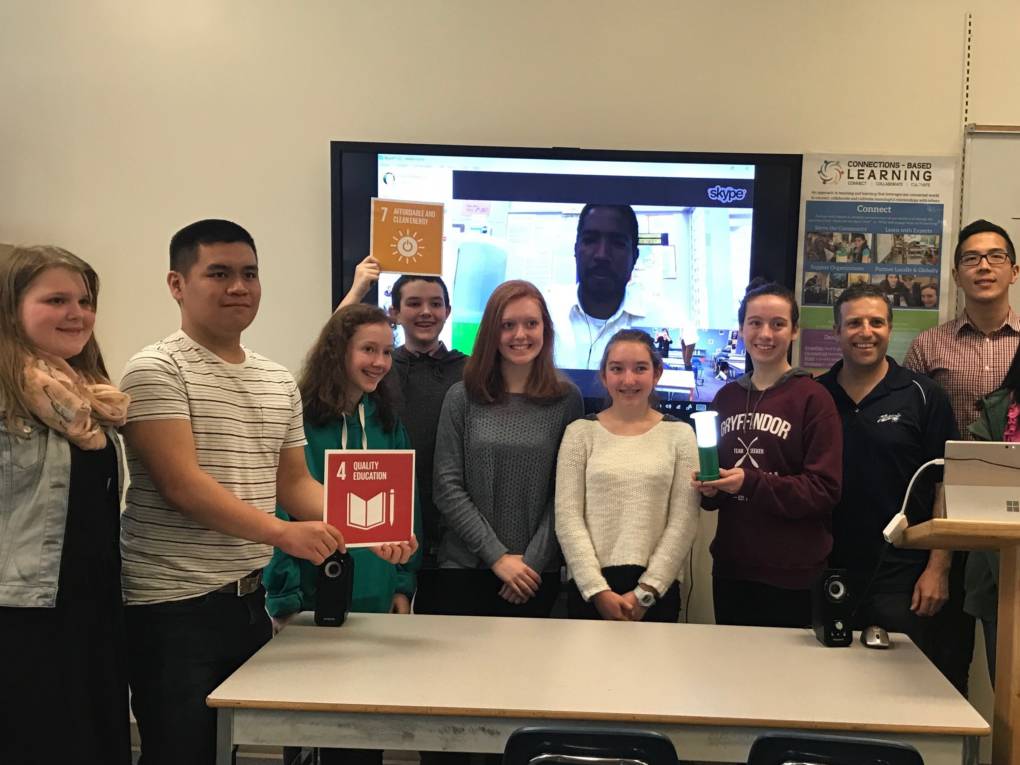 [/media-credit]
[/media-credit]
Similarly, Koen Timmers in Belgium, has created the Climate Action project. Global Goal 13: Climate Action is the focus of this worldwide project in which 250 schools in over 69 countries are participating. The culminating activity, after weeks of work on their projects, is students connecting via Skype with each other, again, providing real, authentic audiences.
Click here to hear teachers, in their own words, describing how they’re using the Global Goals for Sustainable Development with their students. This Flipgrid collection is introduced by author, speaker, and international advisor, Sir Ken Robinson.
[media-credit id=11345 align="alignnone" width="640"]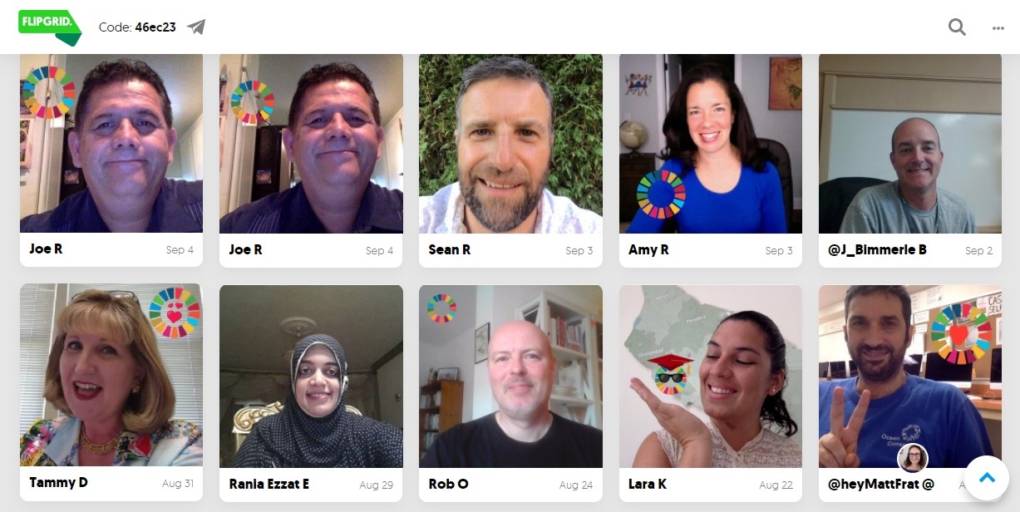 [/media-credit]
[/media-credit]
Teachers can use their ingenuity to develop lessons as basic or as complex as they’d like. TeachSDGs.org offers teachers a first step. On this site (full disclosure: I’m a founding member), they can take the pledge to teach the goals. The blogs are written by teachers, in their own voices, and offer ideas on what’s been done so far and what has yet to be accomplished.
To learn more about the global goals, as well as the United Nations, take this comprehensive one-hour online course.
Here’s to changing the world, one student, one teacher, one class, one nation, one goal at a time.
[media-credit id=11345 align="aligncenter" width="640"]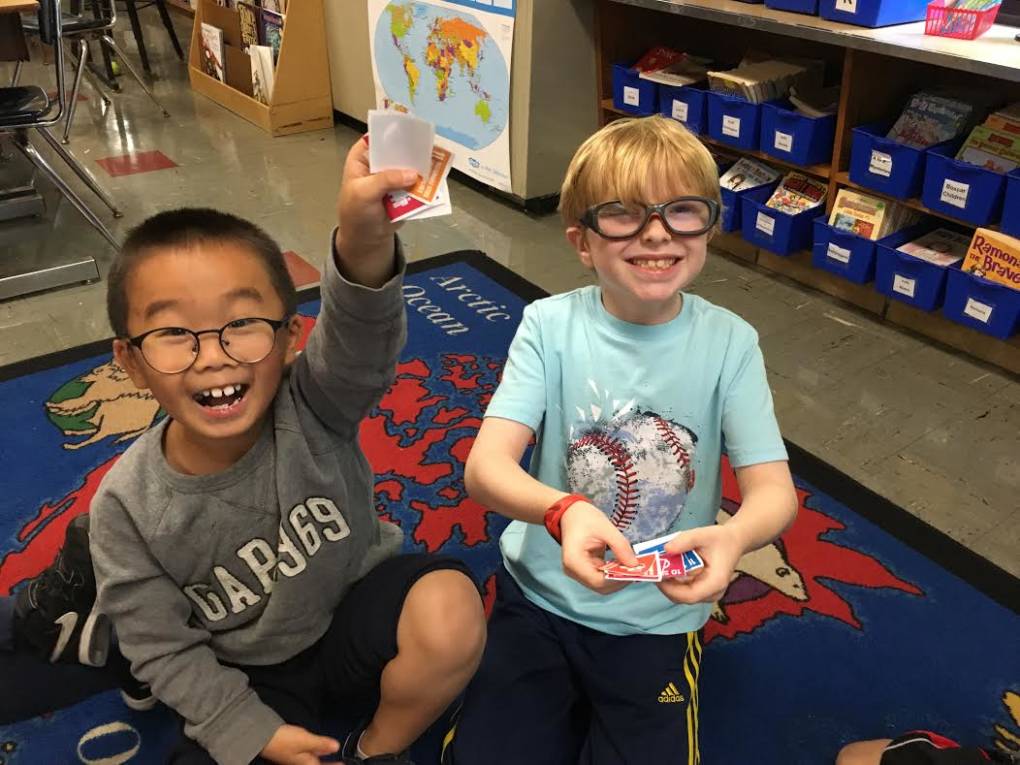 [/media-credit]
[/media-credit]
[media-credit id=11345 align="alignnone" width="640"]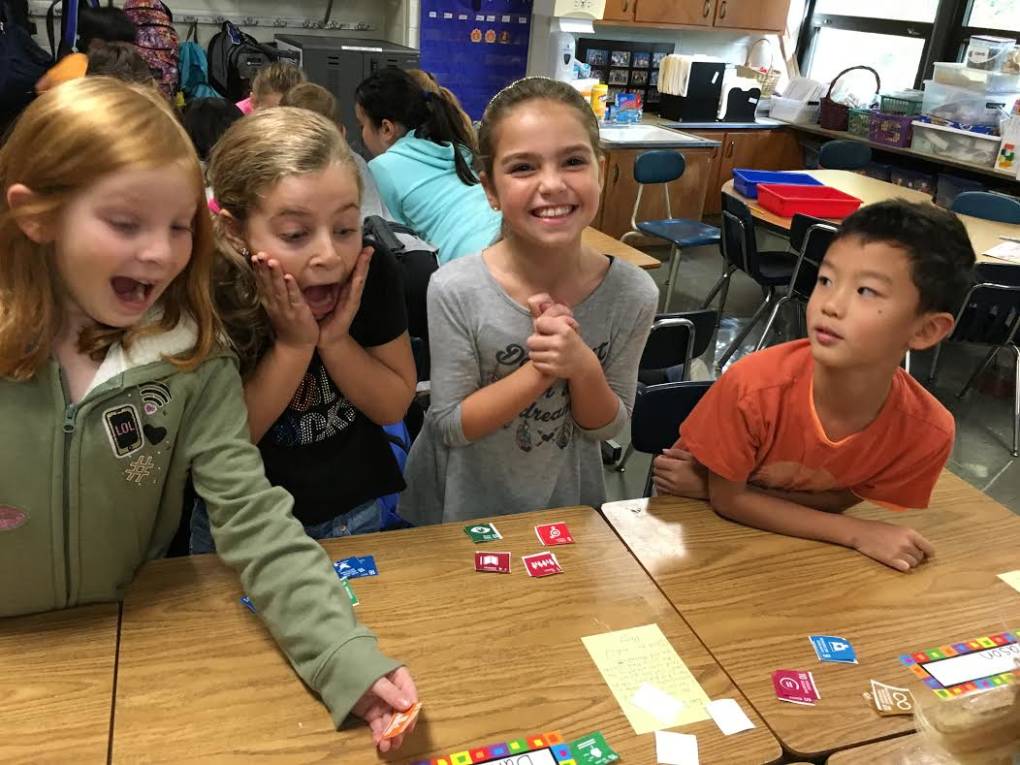 [/media-credit]
[/media-credit]
[media-credit id=11345 align="alignnone" width="640"]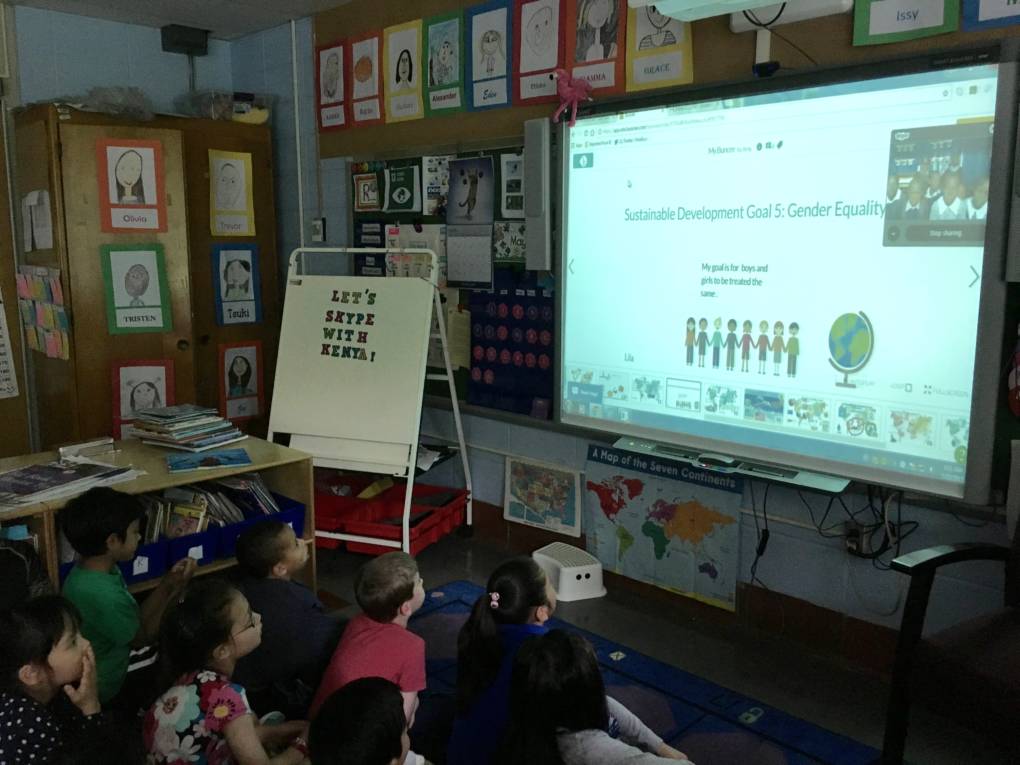 [/media-credit]
[/media-credit]
[media-credit id=11345 align="alignnone" width="640"]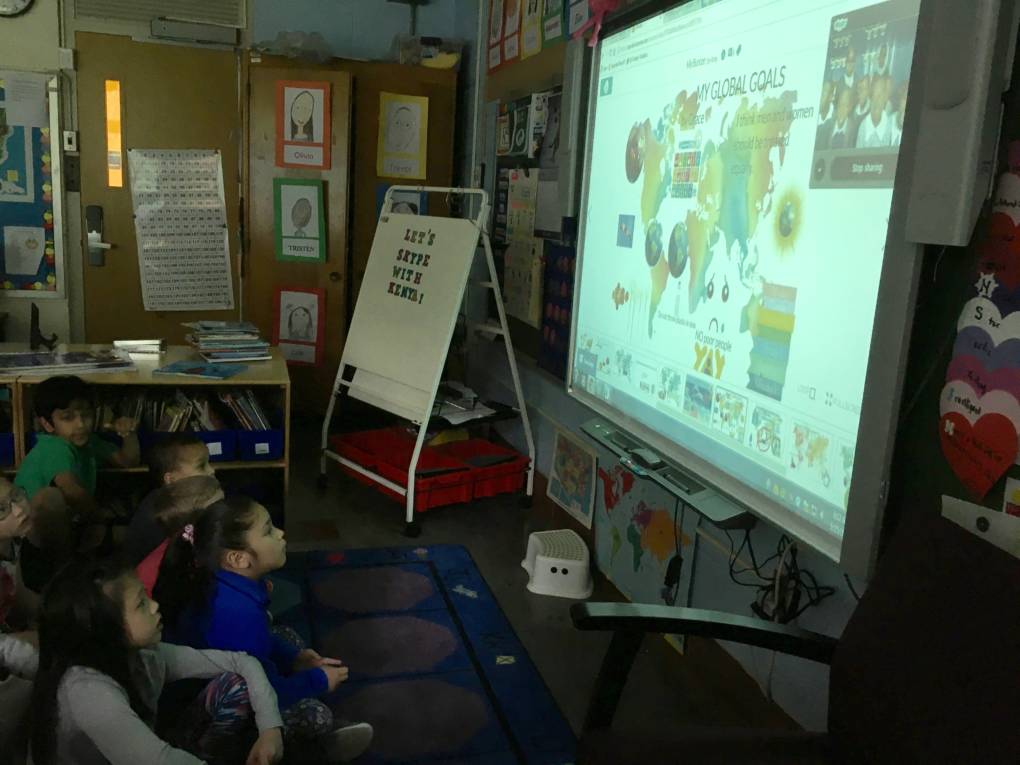 [/media-credit]
[/media-credit]
[media-credit id=11345 align="alignnone" width="637"]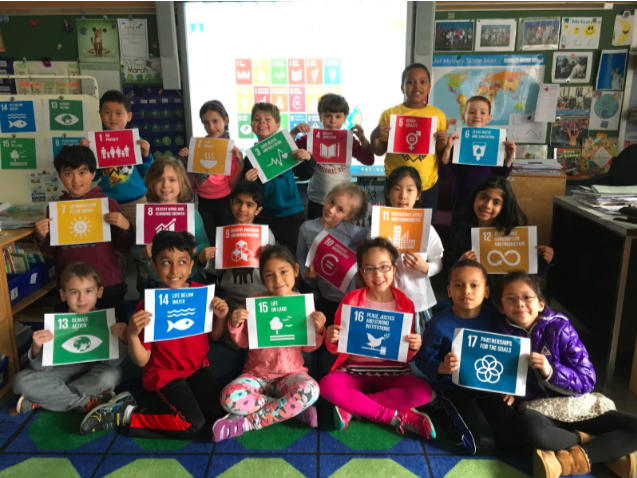 [/media-credit]
[/media-credit]
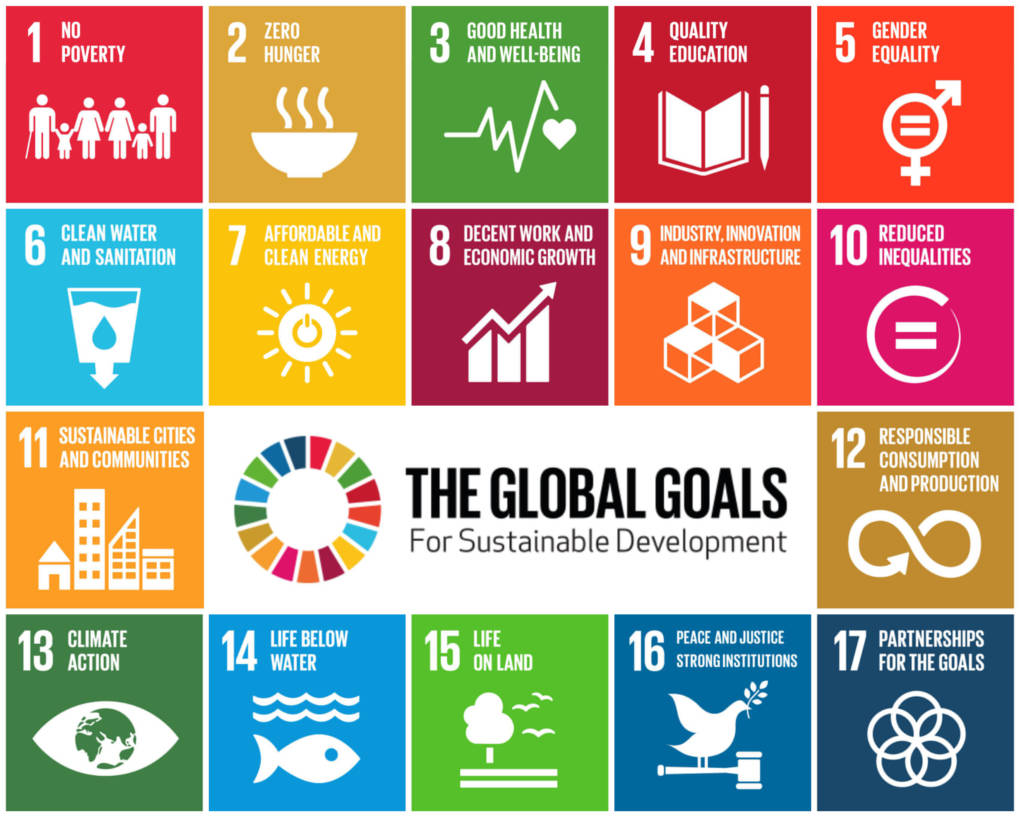 [/media-credit]
[/media-credit]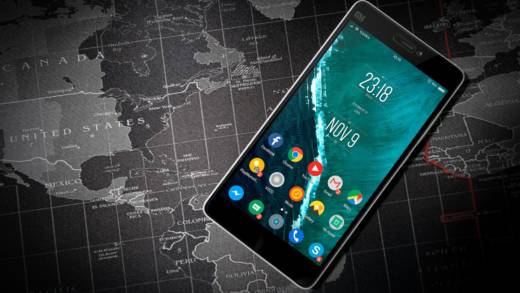
 [/media-credit]
[/media-credit] [/media-credit]
[/media-credit] [/media-credit]
[/media-credit] [/media-credit]
[/media-credit] [/media-credit]
[/media-credit] [/media-credit]
[/media-credit] [/media-credit]
[/media-credit] [/media-credit]
[/media-credit]